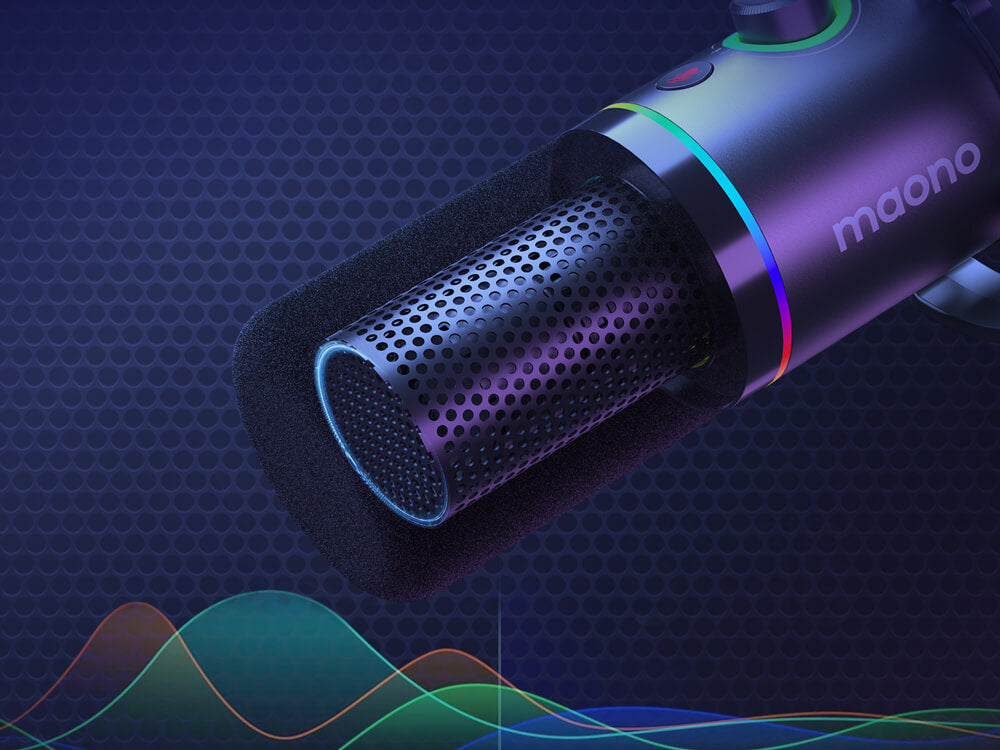When it comes to recording audio, understanding microphone polar patterns is crucial. Different microphones are designed with various polar patterns, which determine how they pick up sound. In this comprehensive guide, we’ll explore the different types of microphone polar patterns and their unique characteristics.

Credit: stealthseminar.com
What are Microphone Polar Patterns?
Microphone polar patterns, also known as pickup patterns, define the sensitivity of a microphone to sound from different directions. These patterns influence how a microphone captures audio, making them a vital consideration for recording quality sound.
Types of Microphone Polar Patterns
There are several common types of microphone polar patterns, each with its specific characteristics. Let’s delve into some of the most prevalent polar patterns:
| Polar Pattern | Characteristics |
|---|---|
| Cardioid | Offers high sensitivity in the front and less at the rear, making it ideal for vocal and instrument recordings. |
| Omni-directional | Equally sensitive in all directions, capturing sound from all around the microphone. |
| Bi-directional | Picks up sound from the front and rear while rejecting sound from the sides, suitable for interviews and duets. |
| Super-cardioid | Offers more precise front sensitivity and some rear sensitivity, with minimal pickup from the sides. |

Credit: www.maono.com
Choosing the Right Polar Pattern
When selecting a microphone, it’s essential to consider the intended application and environment. Here’s a quick guide on choosing the right polar pattern:
- Cardioid: Ideal for solo vocals, podcasts, and live performances due to its directional pickup.
- Omni-directional: Suitable for capturing ambient sounds or studio recordings where a natural, uncolored sound is desired.
- Bi-directional: Great for interviews or recording two sound sources from opposite directions.
- Super-cardioid: Perfect for capturing sound from a specific source in a noisy environment.
Understanding Directional Sensitivity
Microphone polar patterns also play a significant role in the directional sensitivity of a microphone. This sensitivity influences how a microphone picks up sounds coming from different angles and distances, affecting the overall recording quality.
Application of Microphone Polar Patterns
Microphone polar patterns find diverse applications across various fields, including music recording, broadcasting, live sound reinforcement, podcasting, and film production. Understanding these patterns is essential for achieving optimal audio quality in any given context.
In Conclusion
Microphone polar patterns are a fundamental component of audio recording and should be carefully considered when choosing a microphone for any application. By understanding the characteristics and applications of different polar patterns, recording professionals can effectively capture high-quality sound in any situation.
As technology continues to evolve, new polar patterns and microphone designs may emerge, further expanding the possibilities for capturing pristine audio. Stay tuned for innovations in the world of microphone polar patterns!
Frequently Asked Questions Of Mastering Microphone Polar Patterns: The Ultimate Guide To Optimize Sound Quality
What Is A Microphone Polar Pattern?
A microphone’s sensitivity to sound from various directions, determining its pickup patterns.
Why Are Microphone Polar Patterns Important?
Critical for capturing audio accurately by defining where the microphone picks up sound.
What Are The Main Types Of Polar Patterns?
Common patterns like Cardioid, Omnidirectional, Bidirectional, and Super-cardioid.
How Can I Choose The Right Polar Pattern?
Consider the sound source, acoustics, and intended application for best performance.